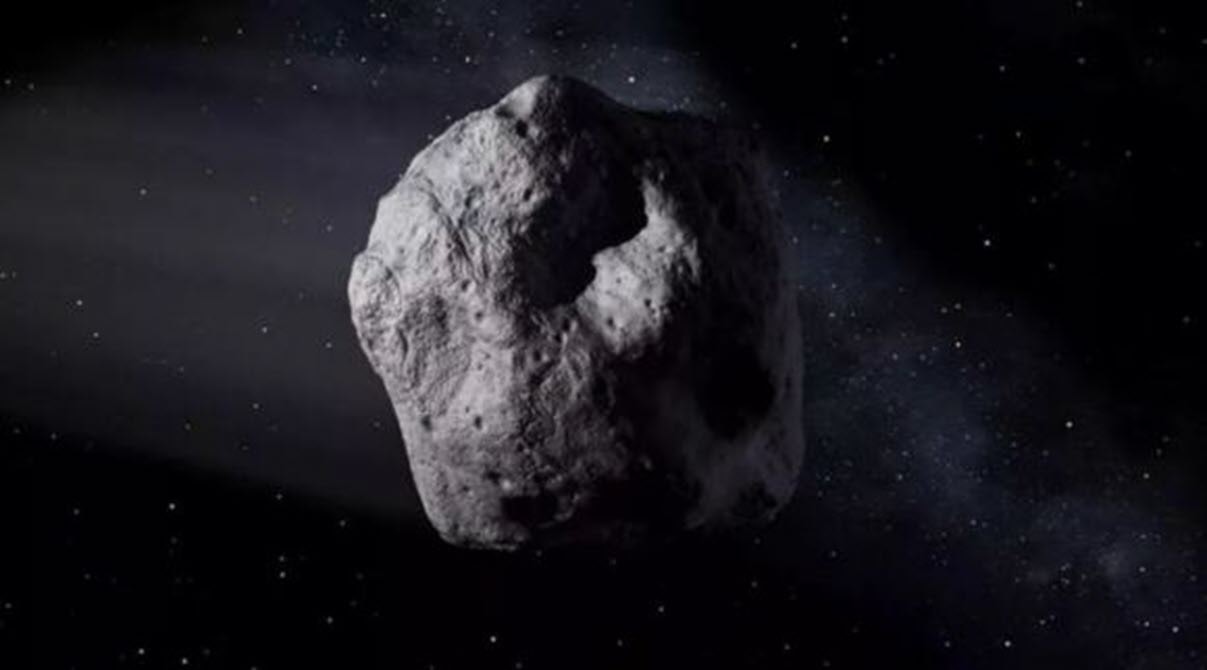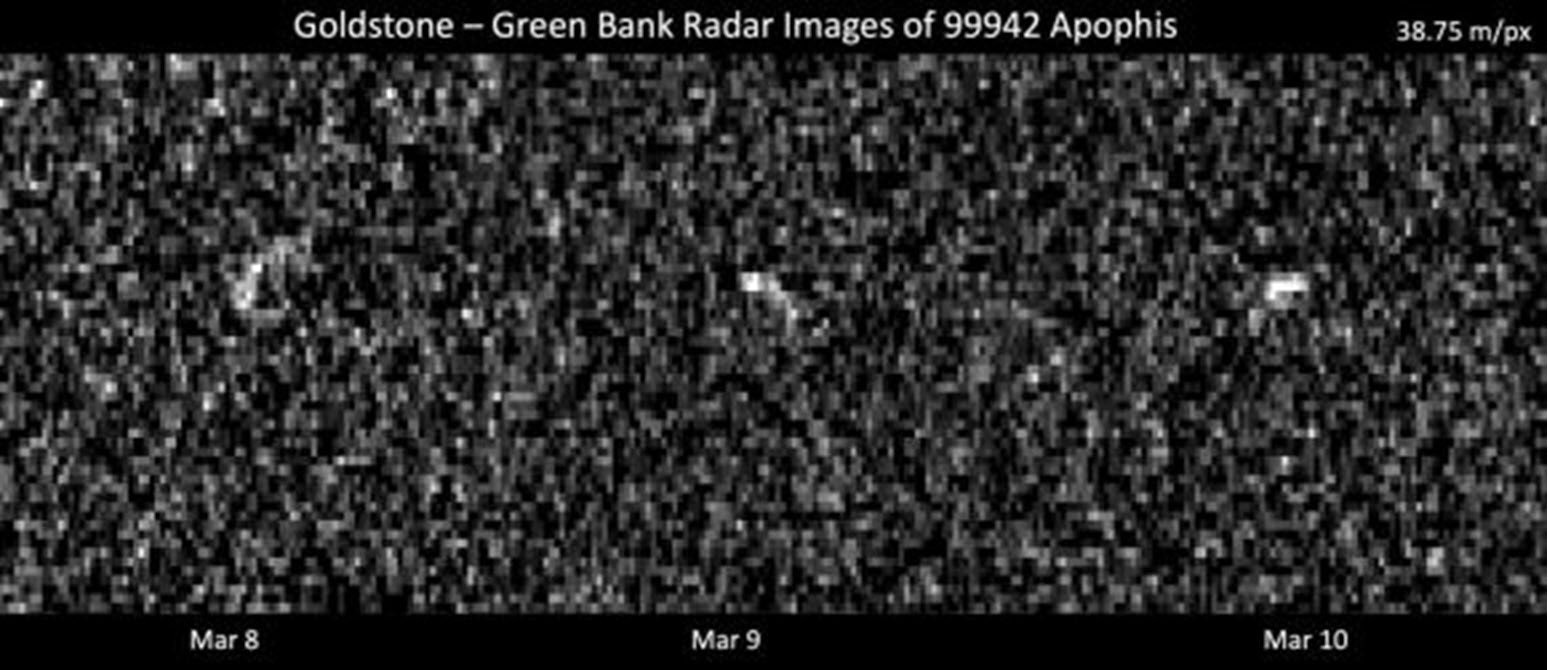
In and around our planet, there are thousands of comets and asteroids known as near-Earth objects (NEOs). Multiple space agencies and government affiliates are responsible for tracking them, especially those known as potentially hazardous asteroids (PHA). These objects are so-designated because they will cross Earth’s orbit and may even collide with it someday. Considering how impacts in the past have caused mass extinctions (like the Chicxulub impact event that killed the dinosaurs), future impacts are something we would like to avoid!
Monitoring PHAs is a huge responsibility that requires a worldwide effort, including tracking, alerts, and disaster preparedness. Last year, over 100 participants from 18 countries (including NASA scientists and the NEOWISE mission) conducted an international exercise that simulated an encounter with an asteroid that made a close flyby to Earth. As NASA revealed in a recently-released study, the exercise was a complete success. The lessons learned could help avert real impacts in the near future or significantly limit the devastation one could cause.
The study, which appeared in the May 31 issue of The Planetary Science Journal (titled “Apophis Planetary Defense Campaign“), was conducted by the Planetary Defense Exercise Working Group and led by Vishnu Reddy — an Associate Professor at the University of Arizona’s Lunar and Planetary Laboratory (LPI). The working group is made up of more than 100 participants from 18 countries and includes facilities like NASA’s Planetary Defense Coordination Office (PDCO), the ESA NEO Coordination Centre, the Russian Academy of Sciences, the Korea Astronomy and Space Science Institute (KASI), and many universities and research institutes worldwide.

Simulating a threat
As Reddy and his colleagues describe in the paper, the planetary defense exercise was the culmination of work that began in 2017, which was designed to test the operational readiness of our global planetary defense capabilities. The exercise was carried out with the support of NASA’s PDCO, the Minor Planet Center (MPC) — the internationally-recognized authority for monitoring the position and motion of small celestial bodies — and the International Asteroid Warning Network (IAWN). The exercise was named the “Apophis Campaign” since it coincided with the close approach of the NEO (99942) Apophis, which flew past Earth from December 2020 to March 2021.
Apophis is one of many PHAs regularly monitored by the planetary defense-monitoring database. Shortly after it was discovered in 2004, Apophis was determined to have a significant chance of impacting Earth in 2029 or later. But after years of tracking and several close approaches, astronomers have refined Apophis’ orbit and concluded that it poses no risk of impacting Earth for a century or more. Apophis was specifically selected for this campaign because planetary defense experts knew it would closely approach Earth in early December 4, 2020.
To make the exercise more realistic, the MPC removed Apophis from the planetary defense-monitoring database to see whether it could be properly detected anew, tracked, and characterized by the planetary defense system. With no prior record of it in the database, astronomers had nothing to reference it to, making it seem like astronomers were seeing it for the first time. Other goals included the ability of the system to conduct observations, hypothetical risk assessment, risk prediction, and hazard communication.
Finding Apophis (again)
On December 4, the asteroid began to brighten in the night sky, and the NASA-funded Catalina Sky Survey in Arizona was able to detect it and report its position to the MPC. The NASA-funded Asteroid Terrestrial-impact Last at Alert System (ATLAS) and Panoramic Survey Telescope and Rapid Response System (Pan-STARRS) in Hawaii made subsequent detections. This was followed by observations from NASA’s Near-Earth Object Wide-field Infrared Survey Explorer (NEOWISE) mission, an asteroid-hunting campaign that relies on the Wide-field Infrared Survey Explorer (WISE) space telescope.

The space-based NEOWISE provided infrared observations of Apophis that were not possible using ground-based telescopes because of atmospheric interference — i.e., water vapor in our atmosphere absorbs light at these wavelengths. By December 23, the MPC announced the discovery of this “new” asteroid and added it to the list of known PHAs. During Apophis’ next close approach (in March 2021), JPL astronomers used the NASA Goldstone Solar System Radar (GSSR) in California to take pictures (shown above) and accurately measure the asteroid’s velocity and distance from Earth.
NASA engineer Davide Farnocchia, who led the orbital determination calculations for JPL’s Center for Near-Earth Object Studies (CNEOS), explained in a recent NASA press release:
“Even though we knew that, in reality, Apophis was not impacting Earth in 2029, starting from square one – with only a few days of astrometric data from survey telescopes – there were large uncertainties in the object’s orbit that theoretically allowed an impact that year.”
What were the results? — Combined with measurements from other observatories, the exercise not only “discovered” the object but managed to continually reassess its chances of hitting Earth. As Reddy indicated, they were able to rule out the possibility of an impact in 2029 and any chance of impact for 100 years or more. “This real-world scientific input stress-tested the entire planetary defense response chain, from initial detection to orbit determination to measuring the asteroid’s physical characteristics and even determining if, and where, it might hit Earth,” said Reddy.
A second paper that describes the results obtained by the NEOWISE mission during the exercise (titled “NEOWISE Observations of the Potentially Hazardous Asteroid (99942) Apophis“) was also recently published in The Planetary Science Journal. This study was led by undergraduate researcher Akash Satpathy and NEOWISE’s Principal Investigator Amy Mainzer, both from the University of Arizona. They were joined by researchers from Caltech, UCLA, the Astronomical Research Institute, and NASA’s Jet Propulsion Laboratory. As Satpathy explained:
“The independent infrared data collected from space greatly benefited the results from this exercise. NEOWISE was able to confirm Apophis’ rediscovery while also rapidly gathering valuable information that could be used in planetary defense assessments, such as its size, shape, and even clues as to its composition and surface properties.”

The NEOWISE measurements also allowed for updated assessments of the asteroid’s size. As they indicated in the study, Apophis is an elongated object with an “effective spherical diameter” of 270 to 410 meters (~885 to 1345 ft). These improved measurements allowed the research team and participating scientists at NASA Ames Research Center to place new estimates on the impact energy this asteroid would deliver. In a series of simulations, which looked at impacts in different geographic locations, the team found that an impact by an Apophis-like object “would likely cause damage at a regional level and not a global one.”
This collaborative effort could help disaster agencies plan for future impacts and develop possible mitigation and evacuation strategies. Michael Kelley, a program scientist with PDCO who guided the exercise participants, said:
“Seeing the planetary defense community come together during the latest close approach of Apophis was impressive. Even during a pandemic, when many of the exercise participants were forced to work remotely, we were able to detect, track, and learn more about a potential hazard with great efficiency. The exercise was a resounding success.”
Last year, NASA approved the next-generation NEO Surveyor spacecraft — an asteroid-hunting space-telescope and NEOWISE’s direct successor — for further development. This mission will launch no earlier than 2026 and provide updated data that will greatly expand our knowledge about the near-Earth asteroids that populate our Solar System (and which ones pose a collision risk with Earth). On September 26, 2022, NASA’s Double Asteroid Redirection Test (DART) mission will rendezvous with the asteroid Didymos and collide with its moon to test a key asteroid defense technique (the kinetic impact method).
As noted, a major impact (and an extinction-level event) is something humanity would like to prevent. A considerable amount of resources are currently directed towards developing every and all means for avoiding that. But the single-greatest tool we have in our arsenal is the regular tracking, which ensures that we are prepared for whatever threats might emerge someday.
This article was originally published on Universe Today by Matt Williams. Read the original article here.







